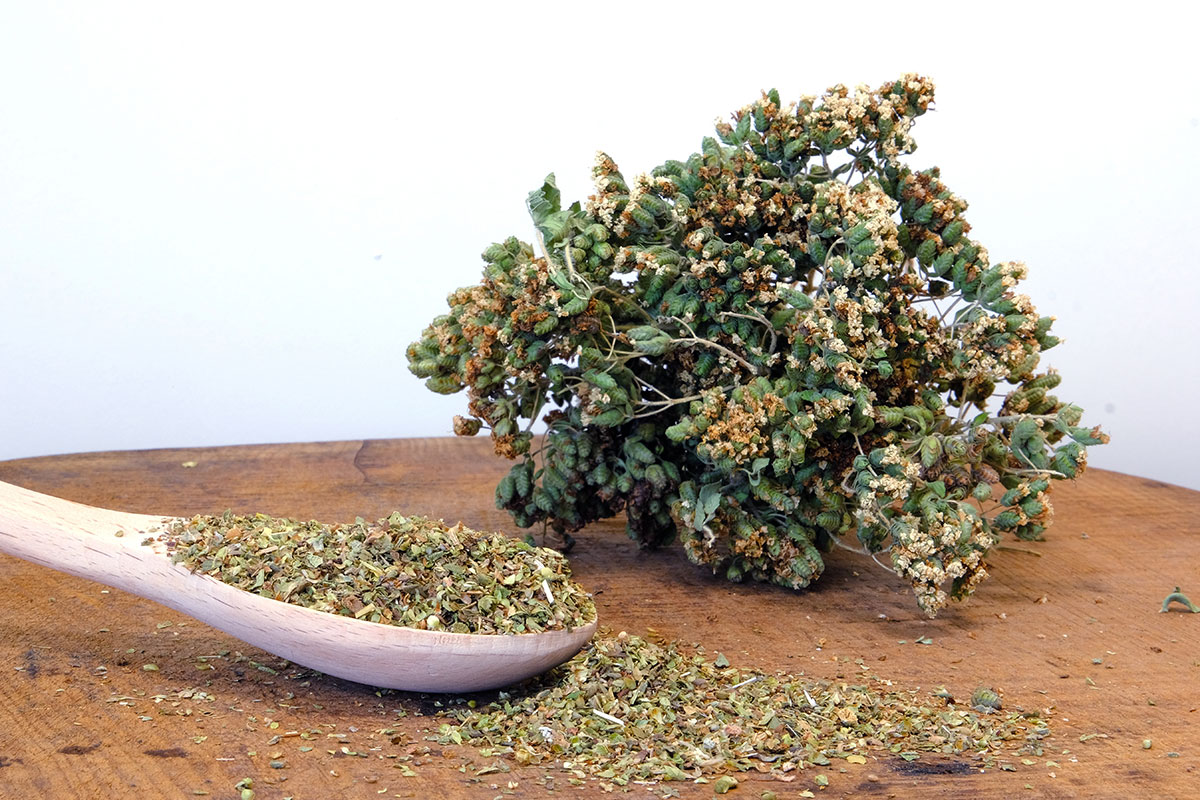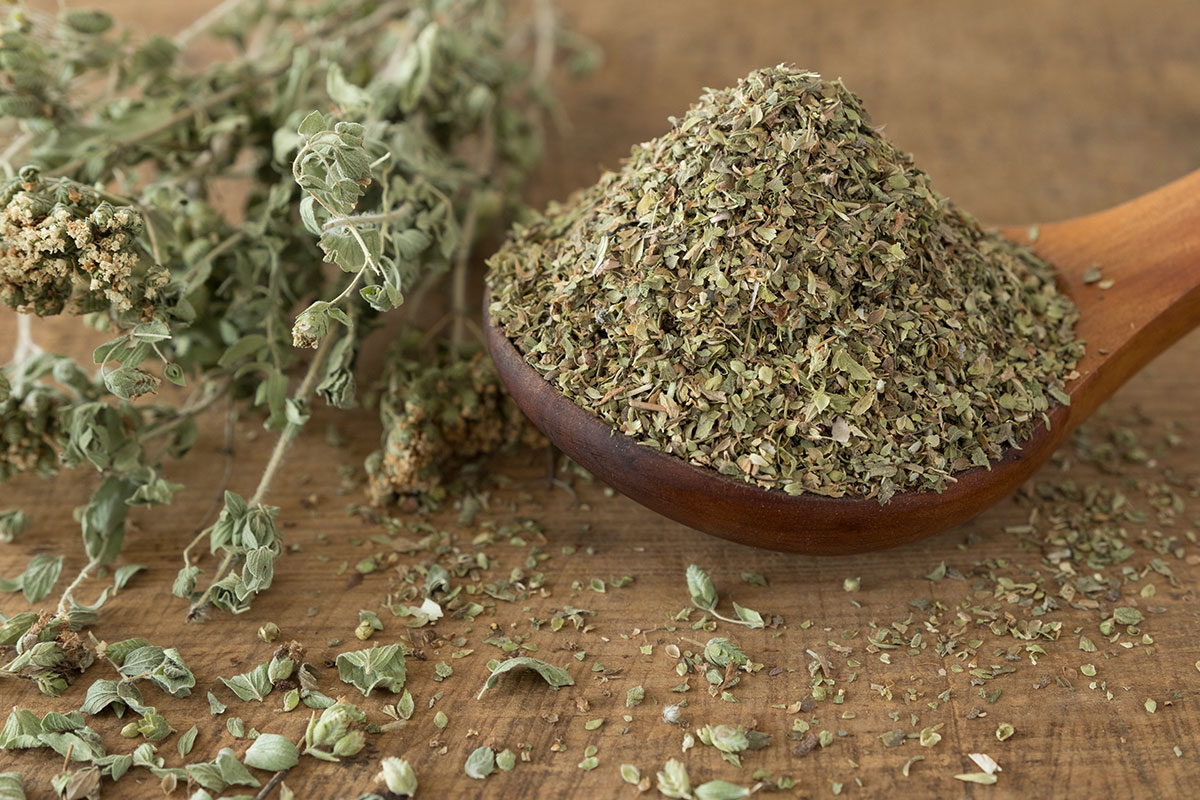Oregano - Low Elevation
7 Essential Insights About Low Elevation Oregano Farming in Turkey
Introduction
Oregano, a well-known aromatic herb, has long held an important place in traditional agriculture and modern botanical industries. While high-altitude oregano often attracts attention for its distinct properties, low-elevation oregano cultivation plays an equally vital role, especially in regions like southern Turkey. This article explores seven essential insights about oregano farming at lower elevations, particularly in Turkey’s Mediterranean and Aegean regions, where the climate and landscape support large-scale production and traditional harvesting.
1. Turkey’s Low-Elevation Regions Are Naturally Suited for Oregano
Lowland areas along Turkey’s Mediterranean and Aegean coasts—such as Mersin, Antalya, and İzmir—feature long summers, mild winters, and plenty of sunlight. These natural elements create optimal conditions for growing oregano in open fields. The warm temperatures and moderate rainfall contribute to consistent plant development and robust growth across expansive lands.
2. Coastal Plains Offer Extended Growing Seasons
Unlike mountainous regions where oregano may be limited to shorter growing periods, low-elevation environments offer extended harvest windows. Farmers in southern Turkey benefit from longer seasons, sometimes cultivating oregano for two cycles in a year. This extended timeframe increases yield potential and supports continuous employment for local agricultural workers.
3. Traditional Knowledge Guides Modern Oregano Farming
Oregano farming in Turkey’s lowlands blends historical knowledge with present-day agricultural practices. For generations, local farmers have used time-tested techniques such as sun drying, hand harvesting, and soil conservation practices. These methods are passed down and adapted to suit larger-scale demands, especially for regional and international markets.
4. Oregano Cultivation Supports Local Economies
In many coastal provinces of Turkey, oregano is more than a crop—it’s a livelihood. Farming families rely on oregano as a cash crop, and the harvesting and processing stages create seasonal employment in rural areas. As a result, oregano farming contributes significantly to the agricultural economy of lowland regions.
5. Unique Flavor Profiles Emerge from Soil and Climate
Low-elevation oregano grown in Mediterranean Turkey often carries a distinct aromatic profile influenced by sandy and loamy soils, sea breezes, and higher humidity levels. The resulting characteristics make this oregano desirable for culinary and aromatic use, providing a sensory identity tied to the specific geography where it is cultivated.
6. Infrastructure Enhances Farming Efficiency
Lowland regions generally offer better infrastructure, such as road access, irrigation systems, and proximity to export hubs. This facilitates both farming and distribution, making oregano grown in low elevations more accessible for commercial-scale processing and trade.
7. Scientific Research Backs Agricultural Importance
Several studies conducted in Turkey highlight the productive advantages of oregano cultivation in lowland areas. Research from agricultural universities has focused on yield performance, plant resilience, and adaptability to changing environmental conditions in these regions. These findings underline the long-term potential of low-elevation oregano farming as a stable agricultural sector.
Conclusion
Oregano grown in Turkey’s low-elevation regions holds an essential place in the country’s agricultural landscape. With ideal weather, accessible terrain, and a wealth of traditional knowledge, these areas offer high-quality, large-scale oregano production. From the coastal plains of Antalya to the agricultural hubs of İzmir, oregano continues to be a symbol of local resilience and economic value.
These seven essential insights into lowland oregano farming reflect Turkey’s enduring role in the global herb market. As demand for aromatic herbs grows, the country’s low-elevation regions will remain central to the future of oregano cultivation—grounded in both history and innovation.
Product Information
Crop: Wild grown on mountains Parts used: Leaves Quality: Hand picked. Sun-Dried, cleaned, 100% pure and natural. Available as: Ground in various sizes and Powder Industry used: Food, Dietary/Nutritional Supplement, Phytotherapy and Feed industries. Packaging: Kraft paper bags, PP bags and PE bags in various sizes Country of origin: TÜRKİYE


